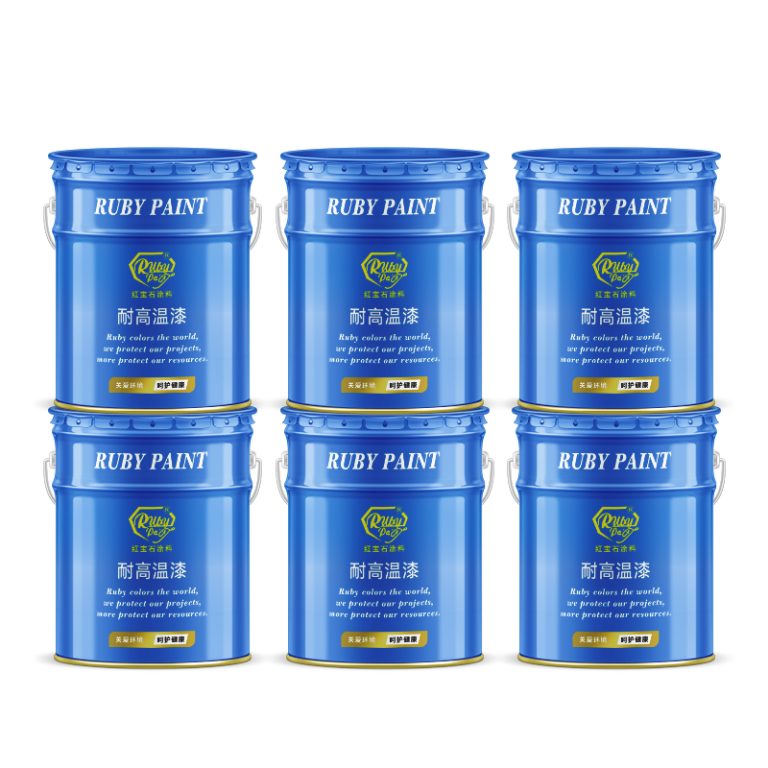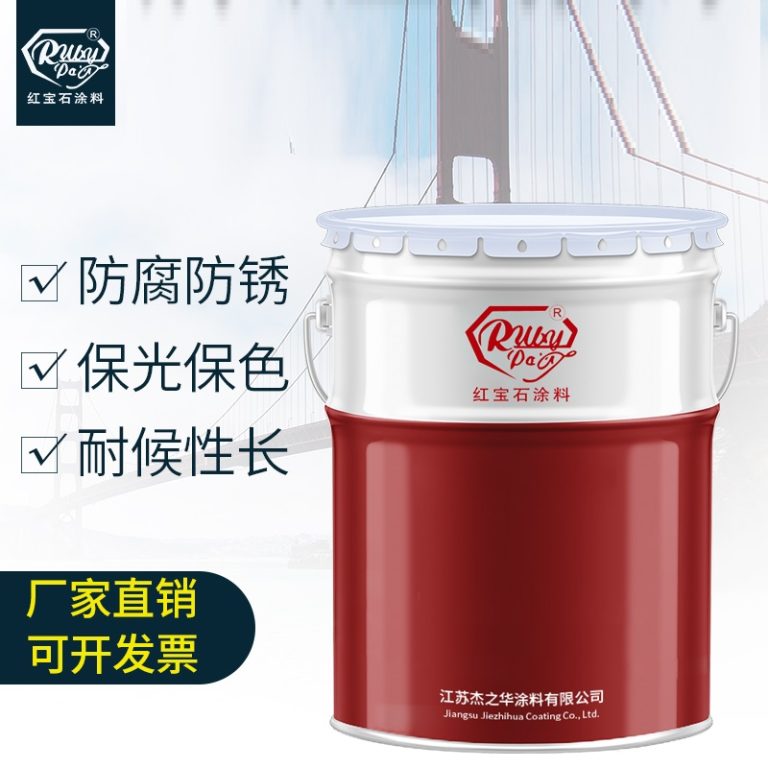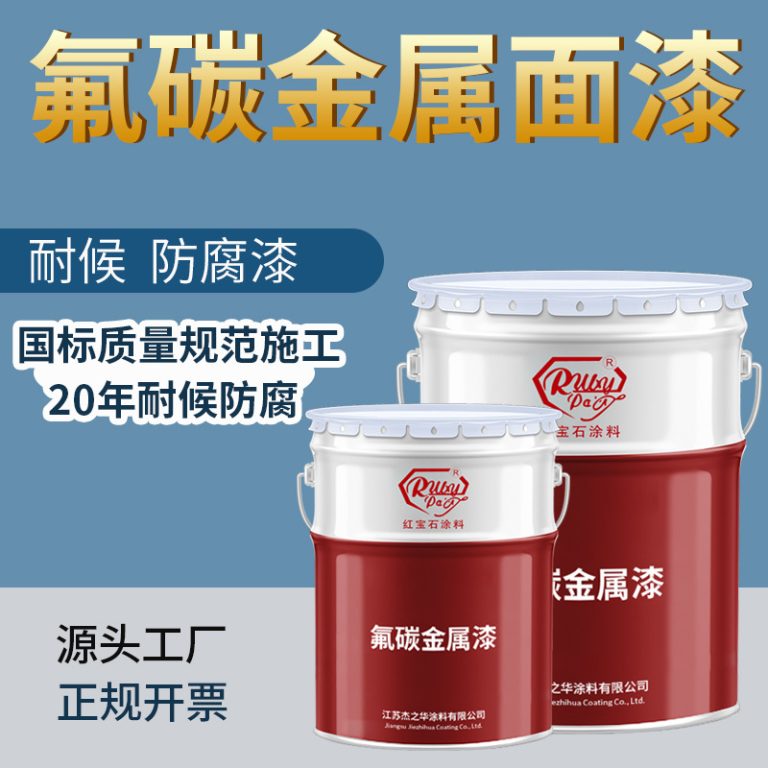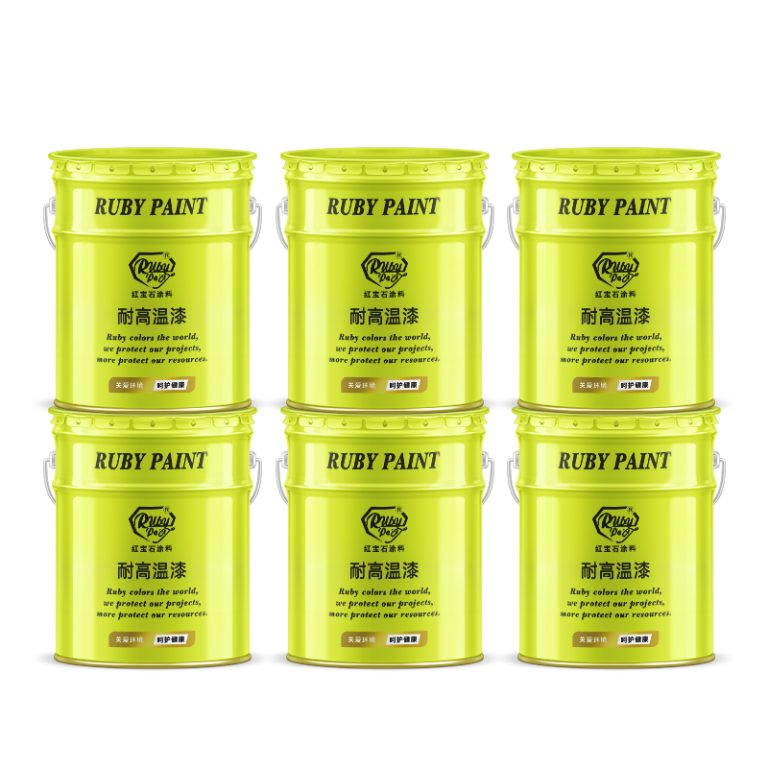Can Copper Tubing Be Painted? Techniques and Tips for a Flawless Finish
Can Copper Tubing Be Painted? Techniques and Tips for a Flawless Finish
| No. | Commodity Name |
| 1 | Industrial paint |
Copper tubing, with its natural reddish-brown hue, is often appreciated for its classic appearance and durability. However, there are instances when the aesthetic of raw copper does not align with the design vision of a space or when the tubing requires a protective layer against certain environmental factors. In such cases, painting copper tubing becomes a viable option. The process, while straightforward, demands attention to detail and adherence to specific steps to ensure a flawless finish.
| Serial Nr. | Products |
| 1 | Epoxy Zinc rich paint |
Before embarking on the painting process, it is crucial to understand that copper, like many metals, has a smooth, non-porous surface that paint may not readily adhere to. Therefore, the key to a successful paint job lies in the preparation. The surface of the copper tubing must be thoroughly cleaned to remove any grease, dirt, or oxidation that could prevent the paint from bonding. A degreaser or a mixture of warm water and mild detergent can be used for this purpose. After cleaning, the tubing should be rinsed with clean water and allowed to dry completely.
Once the copper tubing is clean, the next step is to create a surface that the paint can grip. This is achieved by lightly sanding the tubing with fine-grit sandpaper. Sanding not only roughens up the surface but also helps to remove any remaining oxidation. It is important to sand evenly and gently to avoid creating deep scratches that could show through the paint. After sanding, another round of cleaning is necessary to remove any dust or debris that could interfere with the paint application.
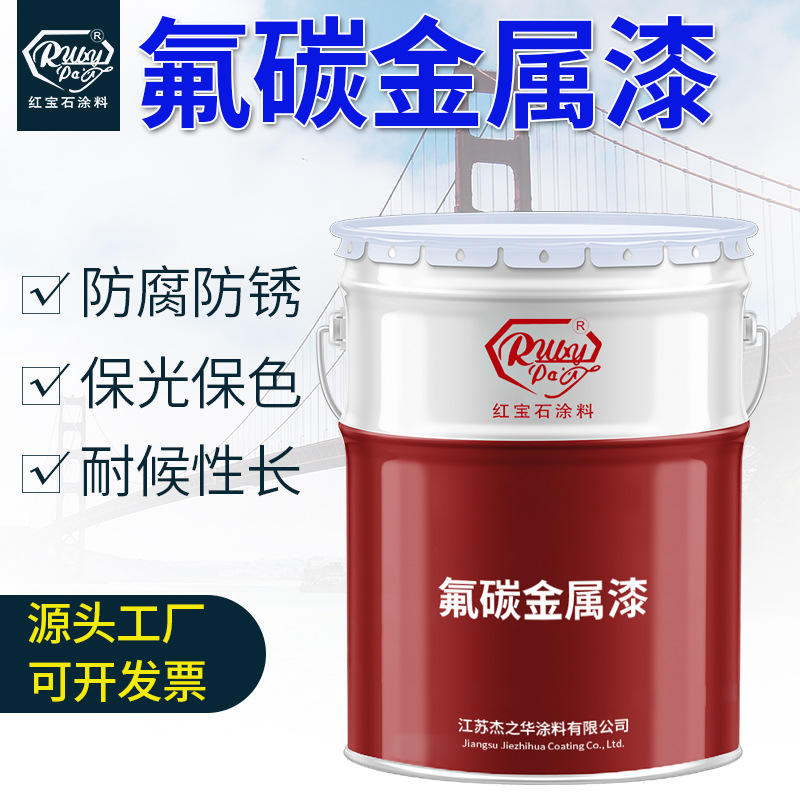
The choice of primer is as important as the preparation. A self-etching primer is recommended for copper as it contains acids that etch the surface, providing an even stronger bond for the paint. The primer should be applied in a thin, even coat, following the manufacturer’s instructions. It is essential to let the primer dry completely before moving on to painting. Skipping this step or rushing the drying process can lead to a subpar finish.
When selecting paint, it is imperative to choose a product that is suitable for metal surfaces and is capable of withstanding the conditions the copper tubing will be exposed to. Acrylic or epoxy-based paints are often recommended for their durability and resistance to the elements. The paint should be applied in several thin layers rather than one thick layer. This technique helps prevent drips and ensures a more even coat. Each layer should be allowed to dry thoroughly before applying the next.
Applying the final coat of paint with precision will determine the quality of the finish. A smooth, even application will yield the best results. If a spray paint is used, it should be applied in a well-ventilated area, using steady back-and-forth motions to avoid runs and sags. For brush-on paints, a high-quality brush and a steady hand will help achieve a streak-free surface.
In conclusion, painting copper tubing is indeed possible and can result in a beautiful, durable finish when done correctly. The success of the project hinges on meticulous preparation, the right materials, and patience throughout the process. By following these techniques and tips, one can transform the appearance of copper tubing to fit any design scheme while also providing an additional layer of protection against environmental factors.

